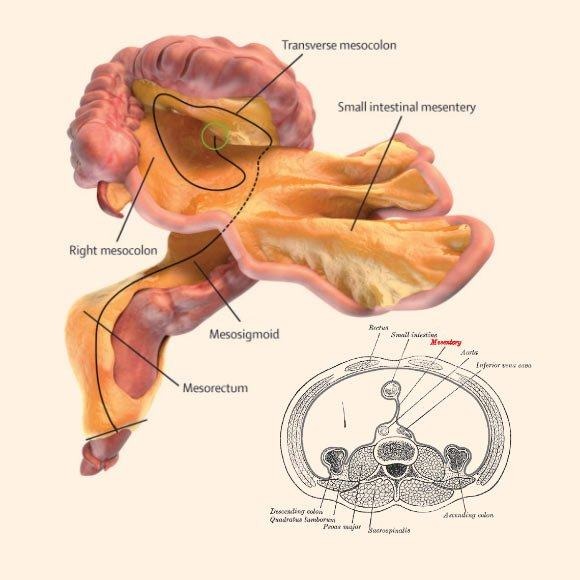Humans Have A New Organ And It's Been There For Ages
You'd think that, by now, scientists would have gotten every body part identified and classified. But as the eternal mystery of the appendix proves, there are still parts of our body we have failed to grasp. Take for example the news that we have a new organ. No, we didn't grow one over the decades as part of evolution (though some would wish we indeed grew more hands or arms). No, we've had the mesentery for as long as we had intestines, but it's only now that it's being raised to the status of "organ" from "anonymous tissue structure".
To be fair, we really can't know everything there is to know about our bodies, given we can't really take an accurate look inside. And even for the parts we do know exist, we can't always be sure what they're for. Like the appendix, for example. But still, it pays to properly label our body parts in aid of learning and, hopefully, better health and longer lives.
What is an organ anyway? It is informally defined as a collection of tissues that serve a common function and are joined structurally. It was that last part where the mesentery was thought to have failed the criteria. It was believed to be separate pieces but, thanks to years of research and persistence by J Calvin Coffey and his colleagues at the University Hospital Limerick in Ireland, that body part is now considered as a continuous structure that attaches the intestine to the wall of our abdomen.

So what's the big deal in re-classifying something that is known to exist long before and even has a name? It basically offers the door to a new field of medical science. An organ has a single, specific function and understanding that function could lead to understanding abnormal function. In other words, disorders arising from the abnormal status of that organ. It could lead to discovering the cause of ailments attributed to other organs that may, in fact, be due to the mesentery. Which, in turn, could hopefully lead to more accurate diagnosis and, eventually, better cure.
VIA: Science Alert
